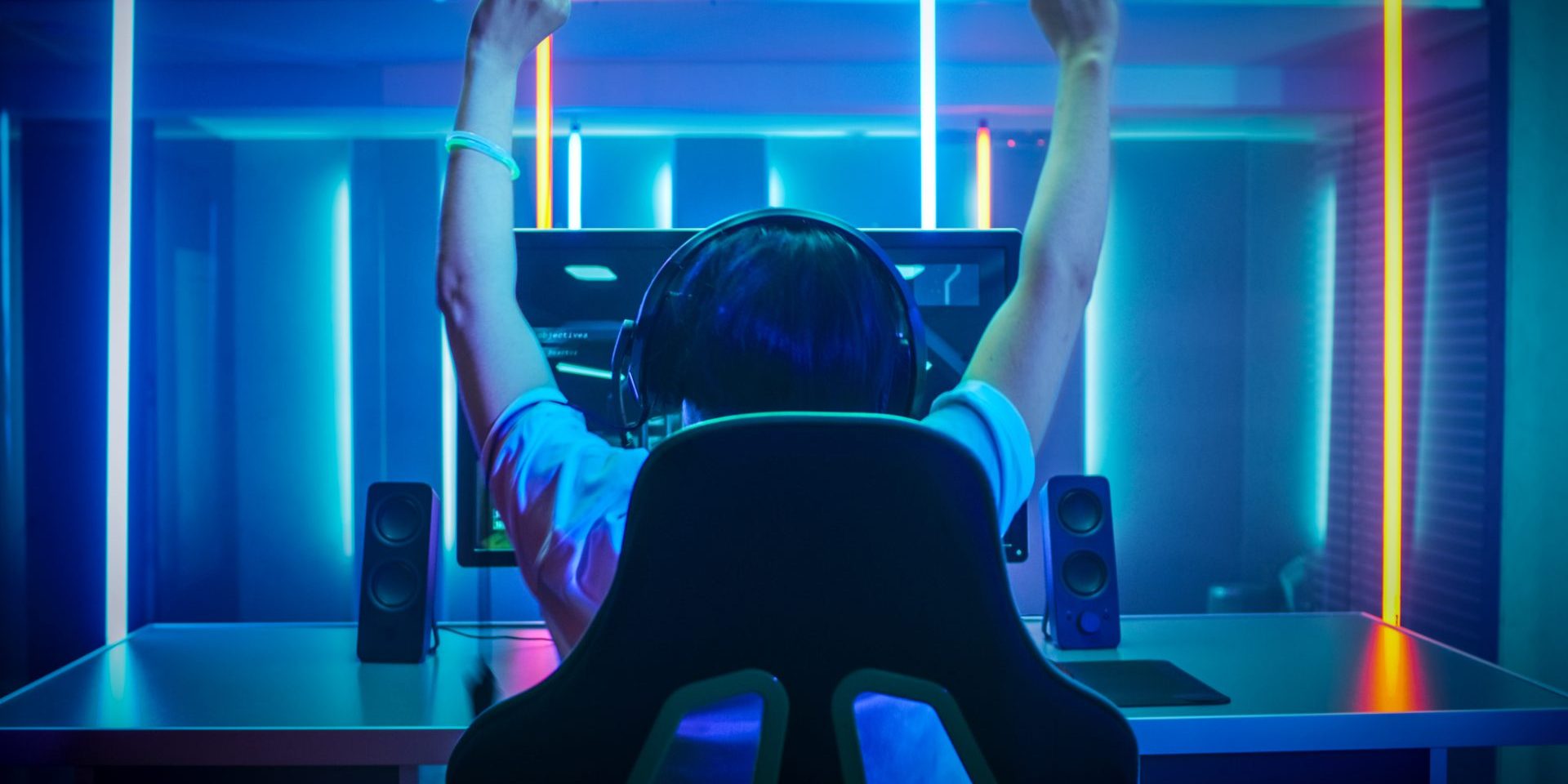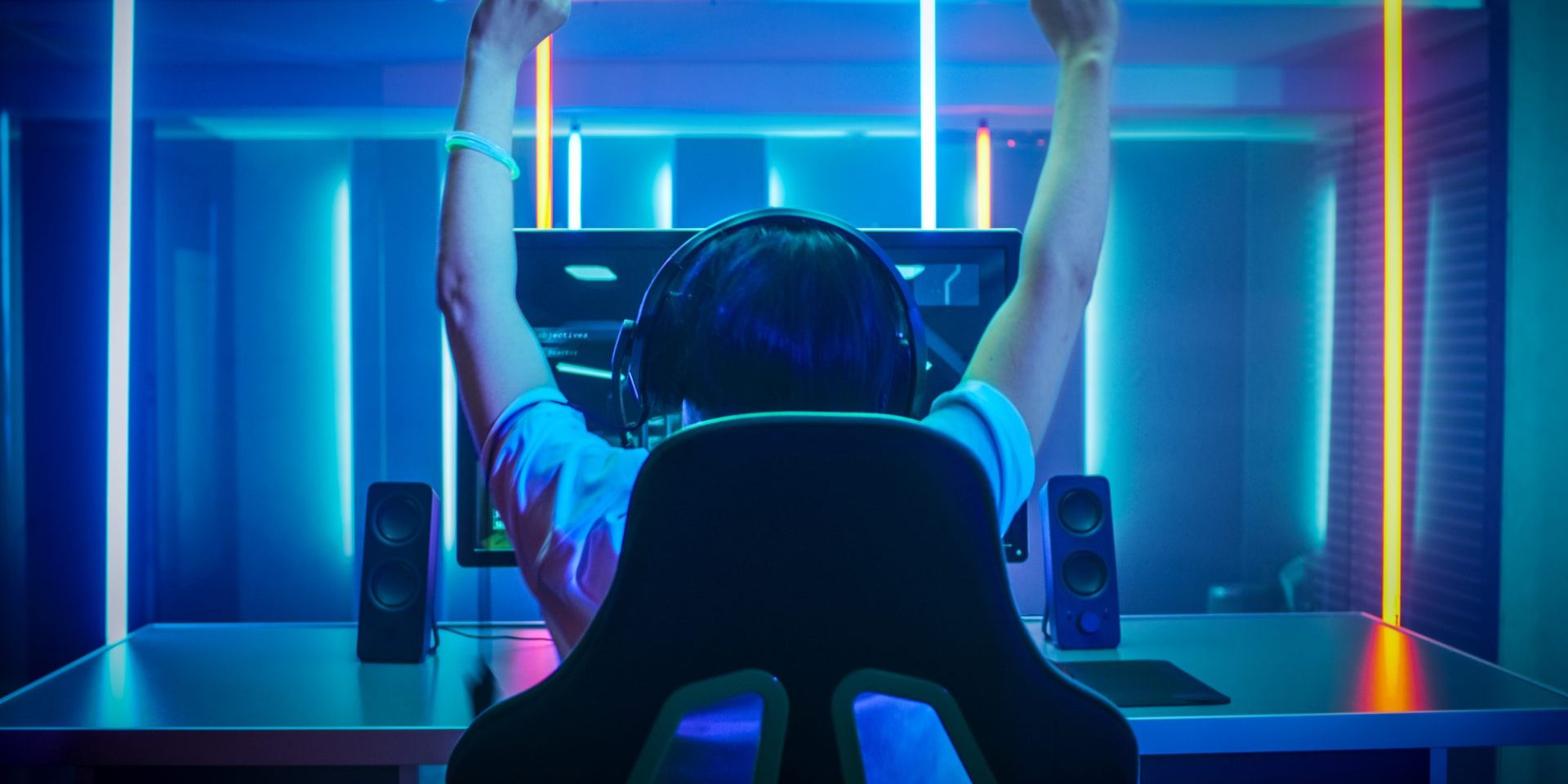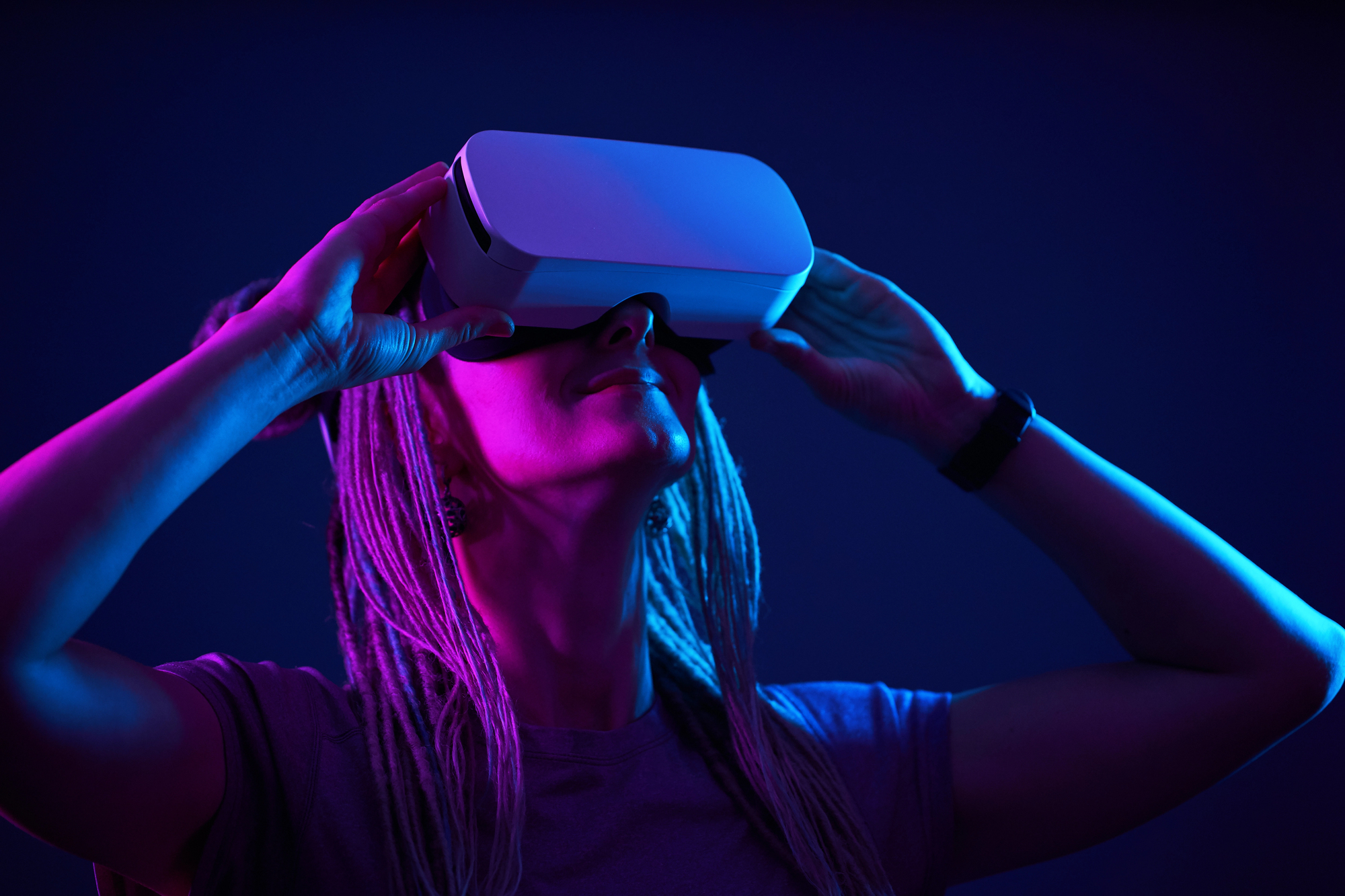

Video games have become a powerful medium where technology and art converge. This fusion creates immersive experiences that captivate players worldwide. The intersection of technology and art in gaming has led to groundbreaking innovations in visual design, storytelling, and interactive gameplay.
Game designers leverage cutting-edge technology to bring their artistic visions to life. Advanced graphics engines enable the creation of stunning virtual worlds, while sophisticated sound design enhances the atmosphere. These technological tools allow artists to express their creativity in ways that were previously impossible.
The gaming industry continues to push boundaries, blending art and technology to create new forms of entertainment. Virtual reality and augmented reality technologies are opening up fresh avenues for artistic expression. As games evolve, they increasingly blur the lines between interactive entertainment and digital art, challenging traditional notions of creativity and cultural expression.
Historical Evolution of Art in Games
Video game art has undergone a remarkable transformation since the industry’s inception. Technological advancements have driven significant changes in visual aesthetics, game design, and audio elements.
From Pixel Art to 3D Modeling
Early video games relied on pixel art due to hardware limitations. Games like Pong used simple shapes and minimal colors to represent objects and characters. As technology progressed, developers could create more detailed sprites and backgrounds.
The 1990s saw a shift towards 3D graphics. Consoles like the PlayStation and Nintendo 64 introduced polygon-based models, allowing for more realistic environments and characters. This transition marked a significant leap in visual fidelity and gameplay possibilities.
Modern games utilize advanced 3D modeling techniques to create photorealistic graphics. High-resolution textures, complex lighting systems, and motion capture technology contribute to lifelike visuals that blur the line between virtual and real worlds.
Milestones in Gaming Visuals
The 1980s arcade era brought colorful, animated sprites to the forefront. Games like Pac-Man and Space Invaders became iconic for their distinctive visual styles.
The 16-bit era of the early 1990s saw a boom in detailed pixel art. Titles like Chrono Trigger and Final Fantasy VI showcased intricate character designs and rich backgrounds.
3D graphics evolved rapidly in the late 1990s and early 2000s. Games like Final Fantasy VII and Metal Gear Solid pushed the boundaries of what was possible with polygonal models and pre-rendered backgrounds.
Current-gen consoles and high-end PCs allow for ray tracing, realistic physics, and vast open worlds. Games like Red Dead Redemption 2 and Horizon Forbidden West demonstrate the cutting edge of visual artistry in gaming.
The Role of Sound Design and Music
Audio has played a crucial part in gaming’s artistic evolution. Early games used simple beeps and boops due to hardware constraints. The NES era introduced memorable chiptune soundtracks that remain influential today.
As storage capacity increased, CD-quality audio became standard. Full orchestral scores and voice acting added new layers of immersion to games. Titles like Silent Hill used sound design to create atmosphere and tension.
Modern games feature dynamic soundtracks that adapt to player actions. Surround sound systems and 3D audio technology create rich, immersive soundscapes. Games like Hellblade: Senua’s Sacrifice use binaural audio to enhance the player’s experience.
Voice acting has become increasingly sophisticated, with professional actors bringing characters to life. Motion capture technology allows for nuanced performances that complement the visual artistry of games.
The Creative Process in Game Development
Game development blends artistic vision with technical expertise. The process involves intricate collaboration between artists, designers, and programmers to craft engaging interactive experiences.
Bridging Artistry and Gameplay Mechanics
Artists and game designers work in tandem to create cohesive visual and interactive elements. Concept artists sketch characters, environments, and props that align with the game’s aesthetic and tone. These designs inform 3D modelers and animators who bring the art to life within the game engine.
Gameplay mechanics shape how players interact with the game world. Designers craft rules, systems, and user interfaces that complement the artistic vision. They balance challenge and reward to keep players engaged. Programmers then implement these mechanics, bridging the gap between art and interactivity.
Storytelling and Narrative Techniques
Writers and narrative designers construct compelling plots and characters that resonate with players. They develop branching storylines, dialogue systems, and environmental storytelling techniques to immerse players in the game world.
Visual artists support the narrative through character designs, cutscenes, and environmental details that convey story elements without words. Sound designers and composers create audio cues and music that enhance emotional moments and reinforce the game’s atmosphere.
Collaboration Among Artists, Designers, and Developers
Effective communication is key to successful game development. Regular meetings and iterative feedback loops allow team members to share ideas and address challenges. Artists may adjust designs based on technical limitations, while programmers might suggest ways to enhance visual effects.
Project management tools help coordinate tasks and deadlines across disciplines. Version control systems allow multiple team members to work on different aspects of the game simultaneously. This collaborative approach fosters creativity and problem-solving, resulting in a cohesive final product that blends art, technology, and gameplay into a unified experience.
Technological Advancements Shaping Games
Video games have undergone remarkable transformations due to technological progress. These innovations have revolutionized graphics, gameplay mechanics, and player experiences.
The Impact of AI and Algorithms on Art in Games
Artificial intelligence and advanced algorithms play a pivotal role in shaping game art. AI-driven procedural generation creates vast, diverse environments and characters, reducing manual design work. This technology enables the creation of expansive game worlds with unique elements each playthrough.
Machine learning algorithms enhance non-player character behavior, making them more lifelike and responsive. These AI-powered NPCs adapt to player actions, creating dynamic and engaging interactions.
Algorithms also contribute to visual elements. They can generate textures, adjust lighting, and even create entire landscapes based on predefined parameters. This algorithmic approach allows for rapid iteration and experimentation in game art design.
Enhancing Realism Through Cutting-Edge Tech
Modern games push the boundaries of realism through advanced graphics technologies. Ray tracing simulates light behavior, creating lifelike reflections, shadows, and global illumination. This technique significantly improves visual fidelity, making game environments appear more natural and immersive.
High-performance graphics processing units (GPUs) enable real-time rendering of complex scenes with intricate details. These powerful processors handle millions of polygons and advanced shaders, bringing game worlds to life with unprecedented clarity.
Physics simulations have also improved dramatically. Games now feature realistic cloth movement, fluid dynamics, and object interactions. These advancements contribute to more believable and interactive game environments.
Virtual and Augmented Reality: New Frontiers in Gaming
Virtual reality (VR) and augmented reality (AR) technologies are redefining gaming experiences. VR headsets transport players into fully immersive digital worlds, offering a sense of presence and scale previously unattainable.
VR games leverage motion tracking and haptic feedback to create intuitive, body-based interactions. Players can physically dodge attacks, aim weapons, or manipulate objects, blurring the line between the virtual and physical worlds.
AR games blend digital elements with the real environment, creating unique gameplay opportunities. Mobile devices and AR glasses overlay game elements onto the player’s surroundings, transforming everyday spaces into interactive playgrounds.
These technologies open new avenues for artistic expression in games, allowing developers to create experiences that merge digital art with physical spaces and player movements.
Game Art’s Influence on Culture and Community
Video game art has become a significant force shaping modern culture and fostering vibrant communities. Its impact extends far beyond entertainment, influencing social interactions, artistic expression, and accessibility in gaming.
Video Games as a Cultural Phenomenon
Video games have transformed into a mainstream cultural force. A 2007 NPD poll revealed that 72% of the U.S. population played video games that year, highlighting their widespread appeal. This popularity has led to video game art influencing other media forms, including film, literature, and traditional visual arts.
Museums now feature video game exhibitions, recognizing their artistic value. The Akron Art Museum, for example, explored the connection between gaming and visual art, reflecting the growing acceptance of video games as a legitimate art form.
The aesthetic choices in game art often mirror and shape cultural trends. Character designs, environments, and visual styles in games both reflect and influence fashion, architecture, and graphic design in the real world.
Building Community Through Interactive Art
Video game art fosters strong communities by creating shared visual experiences. Online multiplayer games, with their rich, detailed worlds, serve as virtual gathering spaces where players form lasting connections.
Game art studios push technological boundaries, creating increasingly immersive environments. These spaces encourage collaboration and communication among players, strengthening social bonds through shared artistic experiences.
User-generated content and modding communities allow players to engage directly with game art, fostering creativity and extending the lifespan of games. This participatory aspect of game art builds passionate communities dedicated to specific games or art styles.
Accessibility and Inclusion in Gaming
Game artists are increasingly focusing on creating inclusive character designs and environments. This shift aims to represent a wider range of players, promoting diversity and inclusion within gaming communities.
Advancements in game art technology have improved accessibility for players with disabilities. Enhanced visual cues, customizable interfaces, and innovative control schemes allow more people to enjoy video games.
The gaming industry is addressing representation in game art, featuring more diverse protagonists and storylines. This progress helps attract a broader audience to gaming, enriching the cultural impact of the medium.
Color-blind modes, scalable text options, and other artistic considerations make games more accessible. These features demonstrate how game art can be both visually appealing and functional for all players.










